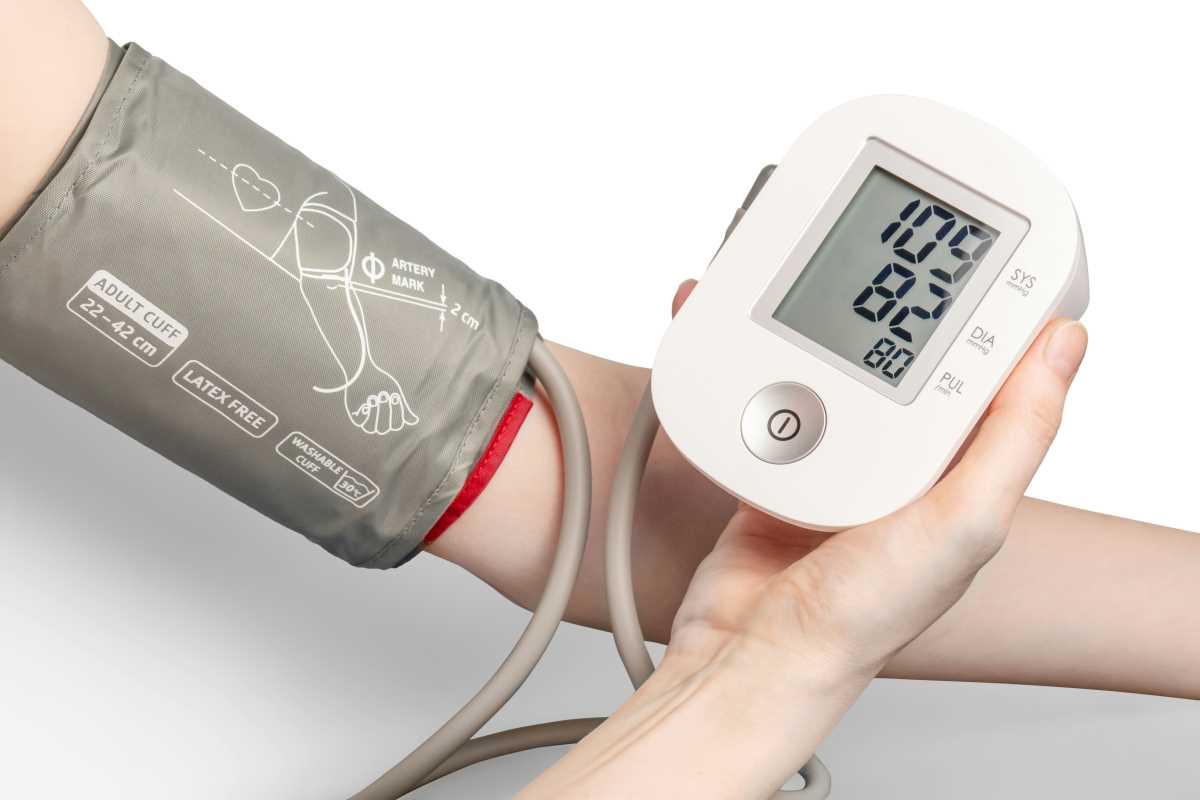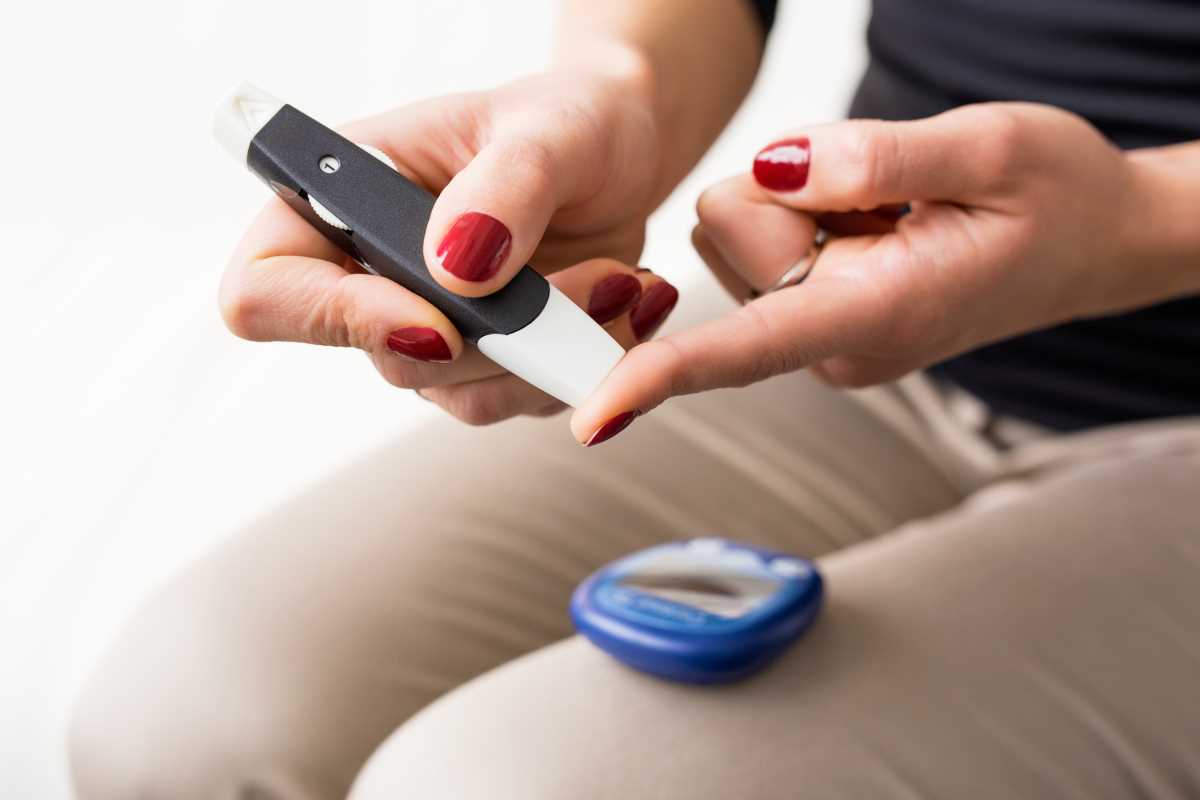If you're in your middle years and recently heard the term "prediabetes" during a doctor's visit, you're not alone. This condition affects more than 88 million American adults – and nearly 85% don't even know they have it. Understanding what prediabetes means for your health journey can be the key to preventing a more serious diagnosis down the road.
What Is Prediabetes?
Prediabetes is exactly what it sounds like: the stage before type 2 diabetes develops. Your blood sugar levels are higher than normal, but not quite high enough to be classified as diabetes. Think of it as your body's warning system – a chance to take action before crossing into more serious territory.
When you eat, your body breaks down food into glucose (sugar) that enters your bloodstream. Your pancreas responds by releasing insulin, which helps cells absorb this glucose for energy. In prediabetes, your cells start becoming resistant to insulin, causing glucose to build up in your blood instead of being used efficiently.
Your doctor diagnoses prediabetes when:
- Your fasting blood glucose is between 100-125 mg/dL (normal is under 100)
- Your A1C test shows 5.7% to 6.4% (normal is below 5.7%)
- Your oral glucose tolerance test result is 140-199 mg/dL (normal is under 140)
Why Middle Age Brings Higher Risk
Your 40s, 50s, and 60s present a perfect storm of factors that increase prediabetes risk. Age itself plays a role – as we get older, our muscle mass naturally decreases and our metabolism slows down. This makes it harder for our bodies to process glucose effectively.
But it's not just about getting older. Middle age often brings lifestyle changes that compound the problem. Career demands may leave less time for regular exercise. Family responsibilities can shift meal planning toward convenience foods. Stress levels often peak during these years as you balance caring for aging parents while supporting your own family's needs.
Hormonal changes also contribute significantly. Women going through perimenopause and menopause experience fluctuating estrogen levels that can affect insulin sensitivity. Men see gradual testosterone declines that can impact muscle mass and glucose metabolism.
Many people gain weight during middle age – particularly around the midsection. This abdominal fat is metabolically active and releases substances that can worsen insulin resistance.
Recognizing the Warning Signs
Prediabetes often develops silently, which is why regular health screenings become so important in middle age. However, some people do experience subtle symptoms that are easy to dismiss as normal aging or stress:
You might notice increased thirst or more frequent urination, especially at night. Some people experience fatigue that doesn't improve with rest, or find themselves getting hungrier more often than usual. Blurred vision can occasionally occur, though this symptom is more common once diabetes fully develops.
Slow-healing cuts or frequent infections might also signal that your blood sugar levels are affecting your body's ability to repair itself. However, many people with prediabetes feel completely normal, making regular testing your best defense.
Key Risk Factors to Consider
Several factors increase your likelihood of developing prediabetes during middle age. Family history plays a significant role – if parents or siblings have diabetes, your risk increases substantially. Certain ethnic backgrounds, including African American, Hispanic, Asian American, Pacific Islander, and Native American populations, face higher rates of prediabetes and diabetes.
Weight is a major controllable factor. Being overweight, especially carrying extra pounds around your waist, significantly increases risk. A waist measurement over 40 inches for men or 35 inches for women indicates higher risk levels.
Your lifestyle choices matter tremendously. Physical inactivity, poor sleep habits, and diets high in processed foods and added sugars all contribute to insulin resistance. Smoking also increases your risk and can worsen complications if diabetes develops.
Certain medical conditions and medications can also increase your risk. High blood pressure, abnormal cholesterol levels, polycystic ovary syndrome (PCOS), and a history of gestational diabetes all elevate your chances of developing prediabetes.
The Power of Early Detection
Getting diagnosed with prediabetes isn't a life sentence – it's an opportunity. Research shows that people with prediabetes who make lifestyle changes can reduce their risk of developing type 2 diabetes by 58%. For people over 60, that number jumps to 71%.
Early detection allows you to take control before irreversible complications develop. Type 2 diabetes can lead to serious health problems including heart disease, stroke, kidney disease, nerve damage, and vision problems. By catching prediabetes early, you have the power to prevent or significantly delay these complications.
Lifestyle Changes That Make a Difference
The good news is that the most effective treatments for prediabetes don't require prescriptions – they require commitment to healthier choices.
Nutrition Changes That Work
Focus on eating more whole foods and fewer processed options. Fill half your plate with non-starchy vegetables like leafy greens, broccoli, peppers, and tomatoes. Choose lean proteins such as fish, poultry, beans, and tofu. Opt for whole grains over refined carbohydrates.
Portion control matters as much as food choices. Using smaller plates can help you eat appropriate amounts without feeling deprived. Pay attention to hunger and fullness cues, eating slowly to give your body time to signal satisfaction.
Consider timing your meals more strategically. Eating smaller, more frequent meals can help keep blood sugar levels steadier throughout the day. Avoid skipping meals, which can lead to overeating later.
Exercise
Physical activity is incredibly effective at improving insulin sensitivity. You don't need to become a marathon runner – even moderate exercise makes a significant difference.
Aim for at least 150 minutes of moderate-intensity exercise weekly, such as brisk walking, swimming, or cycling. Break this into manageable chunks – perhaps 30 minutes, five days per week. Strength training twice weekly helps build muscle mass, which improves glucose uptake.
Find activities you genuinely enjoy. Dancing, gardening, hiking, or playing with grandchildren all count as physical activity. The best exercise routine is one you'll stick with long-term.
Managing Stress Effectively
Chronic stress elevates cortisol levels, which can worsen insulin resistance. Finding healthy ways to manage stress becomes crucial for both your mental health and blood sugar control.
Consider meditation, deep breathing exercises, or yoga. Regular social connections with friends and family provide emotional support. Hobbies that bring you joy can serve as excellent stress relievers.
Prioritize sleep quality, aiming for 7-9 hours nightly. Poor sleep disrupts hormones that regulate hunger and blood sugar, making prediabetes management more challenging.
Work with your healthcare team to create a personalized plan. Your doctor can help monitor your progress and adjust recommendations based on your individual needs. Don't hesitate to ask questions or seek additional support when needed.
Disclaimer: The content provided on SuperHealthyTips is for informational and educational purposes only. This information is not intended to be a substitute for professional medical advice, diagnosis, or treatment.
 (Image via
(Image via





